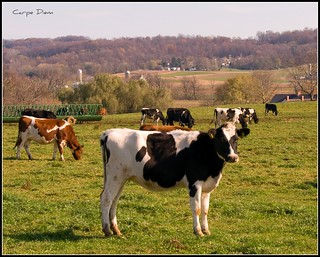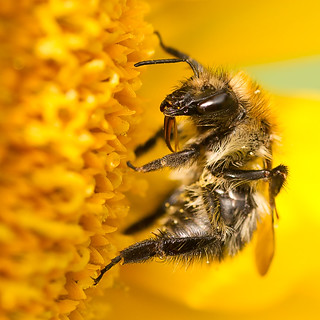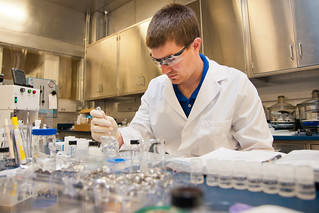Increasing use of fifth quarter is helping cut the carbon footprint of producing a kilo of beef by around 25 per cent, according to EBLEX.
The fall has been driven by changes to Animal By-Product (ABP) regulations and increased export opportunities, helping boost consumption of red offals and edible co-products (ECP), as well as soft bones and tendons.
EBLEX gathered the anecdotal evidence while compiling a report to share best practice in the processing sector on how the use of fifth quarter can improve the bottom line, while reducing waste.
 |
| (Photo credit: Tony Fischer Photography) |
Anecdotally, figures have shown that the average percentage by weight of a live bovine animal being consumed by humans has increased from around 38 per cent in 2006 to 48 per cent in 2012. During the same period, the average percentage of a sheep or lamb being consumed rose from 46 per cent to 53 per cent of the live weight of an animal.
UK exports of red bovine and ovine offal have increased in terms of both volume and value between 2009 and 2013. Beef fifth quarter export values increased from £880 per tonne to £1,230 per tonne during the period.
Historically, only carcase meat was included in carbon footprinting calculations. Even when the tallow was used to produce energy, the meat still received no offset credit from the energy generated. With an increase in the availability of offals and ECPs for human consumption, it has subsequently meant that more meat could be included in carbon footprinting calculations. According to EBLEX, with an additional 10 per cent of the liveweight of a bovine animal being consumed by humans in 2012, compared to 2006, the carbon footprint of the production of a kilo of beef has effectively fallen by approximately 25 per cent.
Christine Walsh, EBLEX supply chain development manager, said: “Prior to 2006 the majority of fifth quarter products were disposed of by the industry. The new ABP regulations and development of new export markets have presented the industry with an opportunity to more fully utilise the carcase, while reducing its environmental impact.
“The anecdotal evidence we’ve heard is very encouraging. The industry has benefited from a reduction in percentage of the weight of material from live cattle classified as Specified Risk Material (SRM). Coupled with EBLEX’s on-going strategy to help secure access to new export markets, the figures are moving in the right direction in terms of volumes and values, while helping to improve efficiencies and reduce waste in the supply chain.”
The EBLEX report on sharing best practice in the processing sector is due to be published later this year.
The Global Miller
This blog is maintained by The Global Miller staff and is supported by the magazine GFMT which is published by Perendale Publishers Limited.











